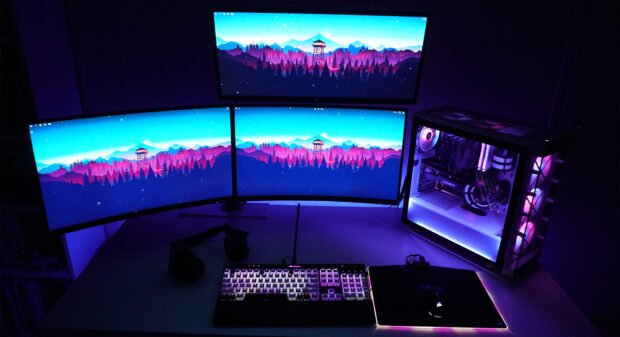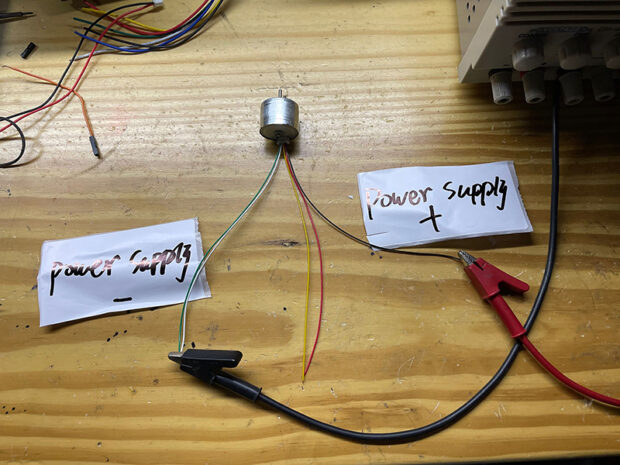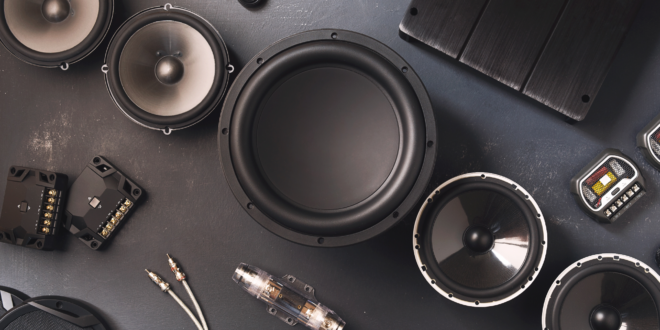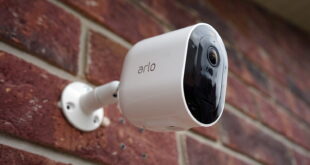If you’ve dabbled in HiFi audio, you’ve probably noticed that great quality comes at a cost. While having a high-end setup is ideal for getting the finest sound, many people forget that these high-end configurations have features and technicalities that extend beyond the equipment’s specifications. Many of you have better audio systems in your homes than you realize, and you can dramatically improve the quality of your sound without spending much money and with little planning.
1. The Speakers Must Be Properly Placed
Because of a space’s length, width, and height, resonant modes amplify or attenuate specific frequencies. Within the limits of walls, you don’t want the best listening spot to be dead center. Your speakers and subwoofer will respond optimally and naturally if placed correctly. The outcome of haphazard placement can be a performance that leaves you wondering what’s wrong with your gear.
It’s an acoustic no-no to place a subwoofer wherever it seems most handy. This frequently results in the bass that sounds muddy, dull, or boomy. To achieve optimum performance, take the time to position the subwoofer properly. Be open to the possibilities, as it may need shifting some furnishings.
You can also buy a Woojer edge vest. It will provide an amazing gaming experience. With this equipment on, you will be able to hear the footsteps of your enemy so clearly that you will feel as if you are standing in the middle of a battleground. Check out the video below, for a detailed review of the Woojer Vest.
Consider investing in some inexpensive speaker stands if your speakers are lying directly on the floor. Whether you’re seated or standing, raising the speakers by around five feet will improve fidelity. Pull the speaker stands away from the back walls a little if you’re utilizing them. To ensure correct stereo imaging, ensure they’re appropriately separated from the parallel walls. To prevent unwanted noise from being introduced by vibrations, ensure that each speaker is securely mounted.
2. Update Your DAC
Consider all of the jobs your computer is expected to complete, and the four-figure price tag you paid for it quickly becomes a bargain. However, this means that not all of the production expenditures for each feature could have been budgeted.
As a result, if your gadget already has a digital-to-analog converter, you won’t need to invest a lot of money to get a major update. The skill and precision with which digital files are converted into analog signals can significantly impact sound quality; therefore, it’s one of the areas where you’ll notice the most differences. There are compact DAC and headphone amp combos to suit all financial plans, from USB sticks to components that would fit right in with a standard hi-fi system. Choose one that complements the other members of your chain’s skills.
3. Try To Have The Setup In A Dark Room

Music is best enjoyed in a dimly lit environment. The loudspeakers and system, in particular, should be kept dark when listening, and the original recording venue should be envisioned.
A decent hi-end system’s primary goal is to get away from the gear and into the recording environment. Listening to music while seeing hardware will biologically destroy the virtual environment we are trying to create. The lack of visual imagery is the most inconvenient aspect of a high-end system. When attending a live performance or listening to/watching a DVD over a surround system, the perception of reality is drastically different.
4. Make Your Room Acoustic
The most well-known but least considered aspect of Hi-Fi is room acoustics. A traditional speaker may directly direct 35 percent of the sound to the listener; the remainder is reflected through the walls. Reflection refers to a change in the time of the original signal, resulting in an additional acoustic that was not present in the original recording.
Because of the complexity of the reflections, a portion of the original signal will arrive late owing to the front wall, ceiling, or other obstructions, and a portion of the original signal produced by the left speaker will appear to come from the right speaker and vice versa. Stereo imagery and channel separation will be destroyed in a complicated listening environment.
Some audiophiles like this enclosure because the speakers disappear more, and the soundstage is larger and deeper. To enhance such effects, some manufacturers add extra mid/treble units to the backside of the speakers. It’s worth noting that such reflections don’t exist at the source of the sound. Coloration should be named if the system/room produces something other than the original sound.
5. Pay Attention To Wiring

The industry that sells pricey “high-end” interconnects and speaker cables make a lot of noise about the sound quality of cabling. Copper is the most popular because it has a low resistance and is reasonably priced. On the other hand, copper wires must be insulated to avoid contact with copper oxide. Exposed copper wires will dramatically increase the cable’s resistance and lower the speaker’s quality. Regardless of the material, you don’t want to limit the amount of exposed wire on your cable.
A wire creates more resistance with a longer length and a narrower diameter. Second, there is wiring at the line level. Use balanced interfaces whenever feasible, which often feature XLR connectors but can also have barrier strips or phoenix connectors. Balanced is less susceptible to hum and has a lower noise floor.
6. Examine Your Streaming Options
Your home stereo may use streaming services at times. The issue with such streaming choices is that they do not give the highest-quality files available. You’d have to alter the streaming settings on whatever accounts you’re using when playing back music. The best bit rate is desirable when streaming music on your stereo system. Check your settings and make the necessary adjustments to get the most out of your streaming content.
Conclusion
Being an audiophile is testing, trying, and advancing your framework, investigating every part to produce a sound that satisfies your ear. We covered everything you can do to improve the sound quality of your audiophile setup nearly immediately in this article. Hopefully, you learned something new along the road that will help you improve it in the future. These techniques should be as straightforward as feasible, and they should not be overly diff
 Comeau Computing Tech Magazine 2024
Comeau Computing Tech Magazine 2024




